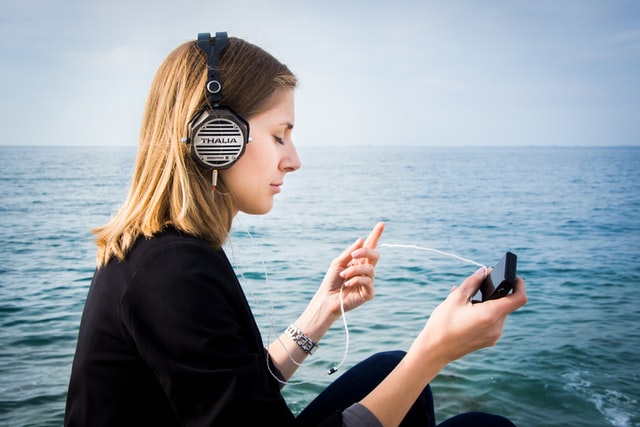Having ventured into the colosseum of death/education for three years I learnt a lot about how the mind learns and each person has a unique way they enjoy and digest information best, this is sometimes known as VAK, visual audio and kinaesthetic learning. These processes are extremely useful when designing advertisements or marketing strategies to help reach the largest audience possible. In this post, I will discuss the three learning styles and ways you can approach each learning style in advertising to make people engage with your brand that bit easier.
Visual Learning styles in advertising – 60% of the population

The majority of people are believed to be visual learners as Phschool.com explains: –
Gifted or not, the fact remains that 65 percent of the population consists of visual learners; therefore when teachers lecture, they are reaching less than half of the class…
This can also be applied to advertising. Most people like to learn through visual stimulants, it is obvious to consider images as the most obvious example of a visual learning aid so advertising can succeed in explaining a product or service quite well to just over ‘half’ of the population but images aren’t the only visual tool at advertisers and marketing professionals, visual learners also learn through the written word, diagrams, concept maps, symbolism, videos and other visual presentations. A fairly new form of visual advertising is the advent of infographics, visual stimulants that are both entertaining and informative through data represented in symbolic form.
Audio Learning Style in advertising – 30% of the population


Auditory learners make up 30% of the population and struggle to digest information until they have ‘heard’ it as mindtools explain: –
Auditory learners relate most effectively to the spoken word. They will tend to listen to a lecture, and then take notes afterwards, or rely on printed notes. Often information written down will have little meaning until it has been heard – it may help auditory learners to read written information out loud.
These types of learners will not find posters, magazine adverts or illustrations as digestive as useful as an audio input of some form, whether a conference, radio advert or lecture. In advertising, it may be a good idea to consider podcasting, radio advertising or complete the best of both worlds with videos as they will tackle both the visual and the auditory learners at the same time.
Kinaesthetic Learning style in advertising – around 5% of the population


Lastly is the kinaesthetic learners. These learners are those who learn best by ‘doing’ so a radio advert, a magazine advert or a video may really not engage these people instead you need to consider new ways of reaching them as the law school website states: –
…this type of learning style comprehends information best through hands-on studying and doing things…
So putting this into a marketing environment how can you engage someone of this learning style to be interested in your message? New tools such as interactive content, games, gaming, tutorials, giving products or services for people to try all will help in improving the success of your marketing.
Conclusion
In conclusion learning styles in advertising are a very important thing to consider when trying to engage as large an audience as possible. If you can combine both visual, audio and kinaesthetic learning styles into your marketing strategy as well as make it fun then you are going to help make your advertising memorable and more importantly successful.
Do you need help designing some clever marketing strategy or advert? Feel free to contact us.
Do you have any suggestions on how you ensure you appeal to as wide an audience as possible? Please comment in the box below.

